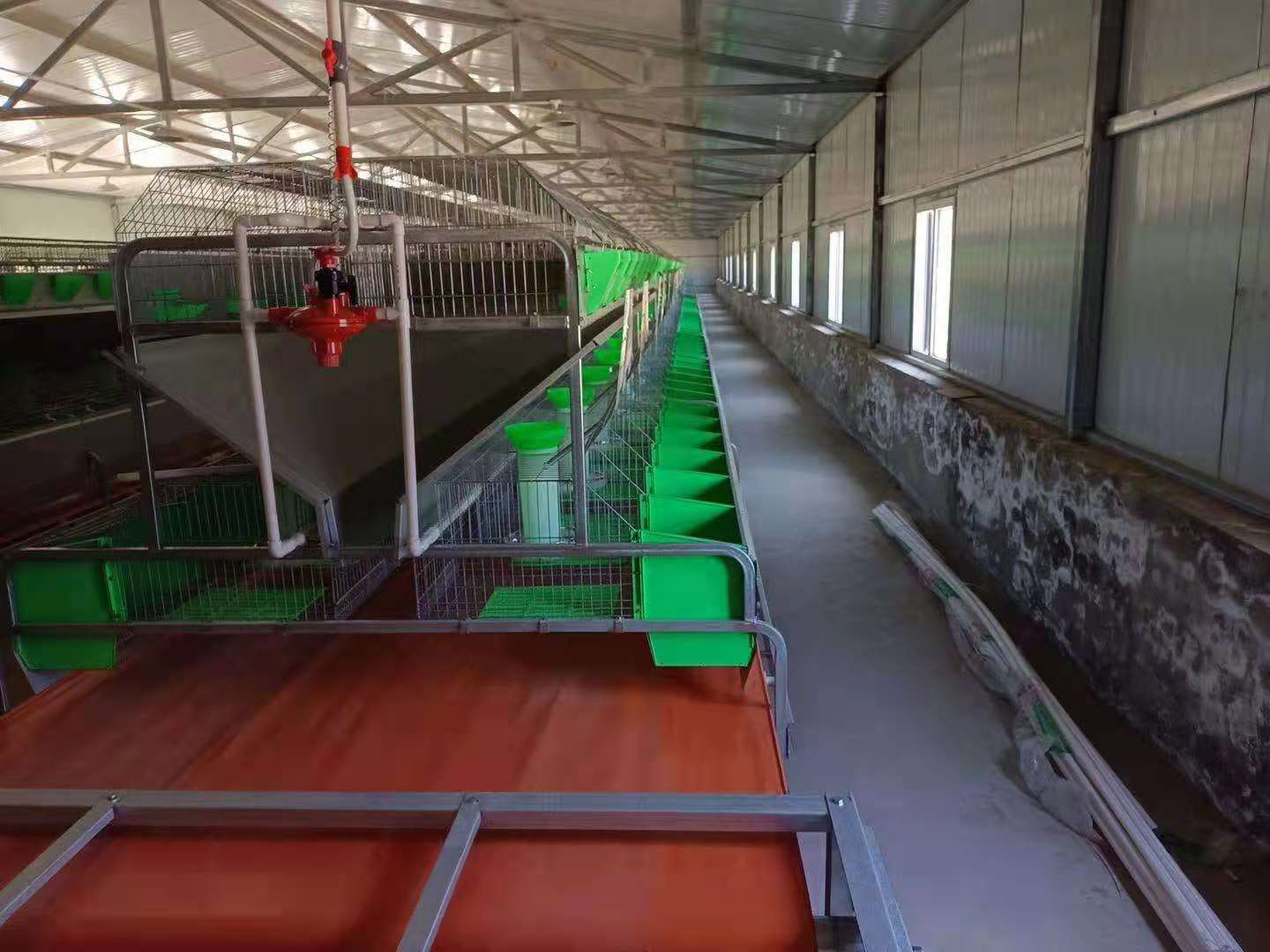Innovative Poultry Housing Solutions Using Cage Systems for Enhanced Productivity and Welfare
Nov . 23, 2024 22:49 Back to list
Innovative Poultry Housing Solutions Using Cage Systems for Enhanced Productivity and Welfare
The CAGE System in Poultry Houses An Overview
The poultry industry plays a crucial role in global food production, providing a significant source of protein for millions of people around the world. Among the various systems employed for rearing poultry, the cage system remains one of the most widely used methods, especially for egg-laying hens. This article delves into the concept of the cage system, its advantages and disadvantages, and its impact on animal welfare and production efficiency.
What is the Cage System?
The cage system refers to the housing method in which poultry, particularly hens, are kept in small enclosures or cages. These cages are typically grouped in large units within a poultry house. The most common form is the battery cage system, where hens are housed in tight quarters to optimize space and facilitate management processes. Each cage is designed to accommodate a certain number of birds and is equipped with feeders and waterers, providing the essentials for the birds' survival.
Advantages of the Cage System
1. Space Efficiency One of the primary advantages of the cage system is its ability to maximize space usage. By stacking cages vertically and arranging them in rows, poultry producers can rear a large number of birds in a relatively small area. This high-density arrangement significantly increases the overall output of the farm.
2. Improved Hygiene The cage system aids in maintaining a clean environment for the birds. Manure and waste can be easily managed and removed from the cages, reducing the risk of disease outbreaks. The design of the cages also limits the spread of diseases, as birds are isolated from one another.
3. Labor Efficiency The cage system allows for more straightforward management. Feeding, watering, and general care are easier and more time-efficient than in free-range or barn systems. This can lead to lower labor costs and not only increases productivity but also enhances the overall efficiency of poultry farming.
4. Better Egg Production Studies have shown that hens in cage systems tend to produce more eggs than those raised in free-range environments. The controlled conditions of the cages typically lead to consistent production levels, which is beneficial for commercial poultry operations.
cage system poultry house

Disadvantages of the Cage System
Despite its advantages, the cage system has come under scrutiny for its impact on animal welfare. Critics argue that
1. Animal Welfare Concerns The confined spaces of battery cages restrict the natural behaviors of hens, such as nesting, foraging, and roaming. This confinement can lead to physical and psychological issues, including stress and aggression among the birds.
2. Public Perception and Legislation Growing awareness and concern for animal welfare have led to a shift in public sentiment against the cage system. Many consumers now prefer cage-free eggs, resulting in increased demand for alternative rearing systems. Legislators in various countries and regions have begun to impose bans or restrictions on the use of battery cages, compelling producers to adapt their practices.
3. Limited Enrichment Hens in cage systems often lack proper environmental enrichment, which is crucial for their mental well-being. Without opportunities to engage in natural behaviors, such as dust-bathing or perching, birds may experience higher levels of stress.
The Future of Poultry Housing
As consumer preferences evolve and regulatory frameworks tighten, the poultry industry is gradually shifting towards more humane practices. Alternative housing systems, such as free-range and enriched cages, are being explored and adopted by many producers. These systems offer a compromise between efficiency and animal welfare, providing hens with more space and the opportunity to engage in natural behaviors while still allowing for a degree of management control and productivity.
In conclusion, the cage system in poultry houses presents a complex interplay of efficiency, productivity, and animal welfare concerns. As the poultry industry navigates these challenges, it is crucial for producers, consumers, and regulators to work together toward sustainable and humane solutions for poultry rearing. By adopting practices that prioritize the well-being of chickens while maintaining production efficiency, the industry can evolve to meet the demands of both consumers and the planet.
-
Hot Sale 24 & 18 Door Rabbit Cages - Premium Breeding Solutions
NewsJul.25,2025
-
Automatic Feeding Line System Pan Feeder Nipple Drinker - Anping County Yize Metal Products Co., Ltd.
NewsJul.21,2025
-
Automatic Feeding Line System Pan Feeder Nipple Drinker - Anping County Yize Metal Products Co., Ltd.
NewsJul.21,2025
-
Automatic Feeding Line System - Anping Yize | Precision & Nipple
NewsJul.21,2025
-
Automatic Feeding Line System - Anping Yize | Precision & Nipple
NewsJul.21,2025
-
Automatic Feeding Line System-Anping County Yize Metal Products Co., Ltd.|Efficient Feed Distribution&Customized Animal Farming Solutions
NewsJul.21,2025






